New (Extra) Ordinary Exhibit in the Archaeological Park of Pompeii:
The Other Pompeii. Common lives in the shadow of Mt Vesuvius.
Available until 15 December 2024. A not-to-miss for both new and repeater travelers in the wonderful ancient Roman City buried by Mt Vesuvius 2000 years ago. 7 section with 300 items on display to follow the life-time of the ordinary ancient man and woman: from cradle to grave… Let’s take a closer look together!
Did you notice one always learns about the Pharaoh or Emperor or King’s life? In other words, History with the Capital letter.
If there is one place on earth to learn instead about the everyday life of ordinary people in Antiquity, well this place is doubtlessly Pompeii!
The focus of the new thrilling temporary exhibit in the Archeological Park of Pompeii is the birth, the life, and the death of the less affluent, that silent majority that Mt Vesuvius has preserved for centuries underground: the disaster for them, the miracle for us..
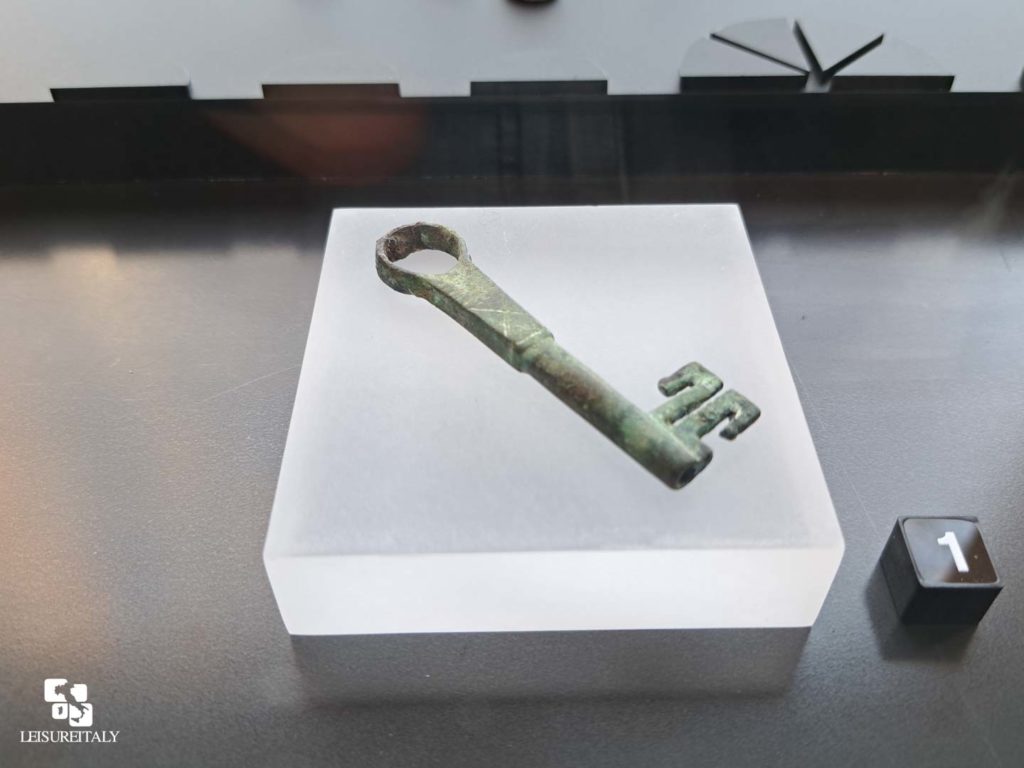
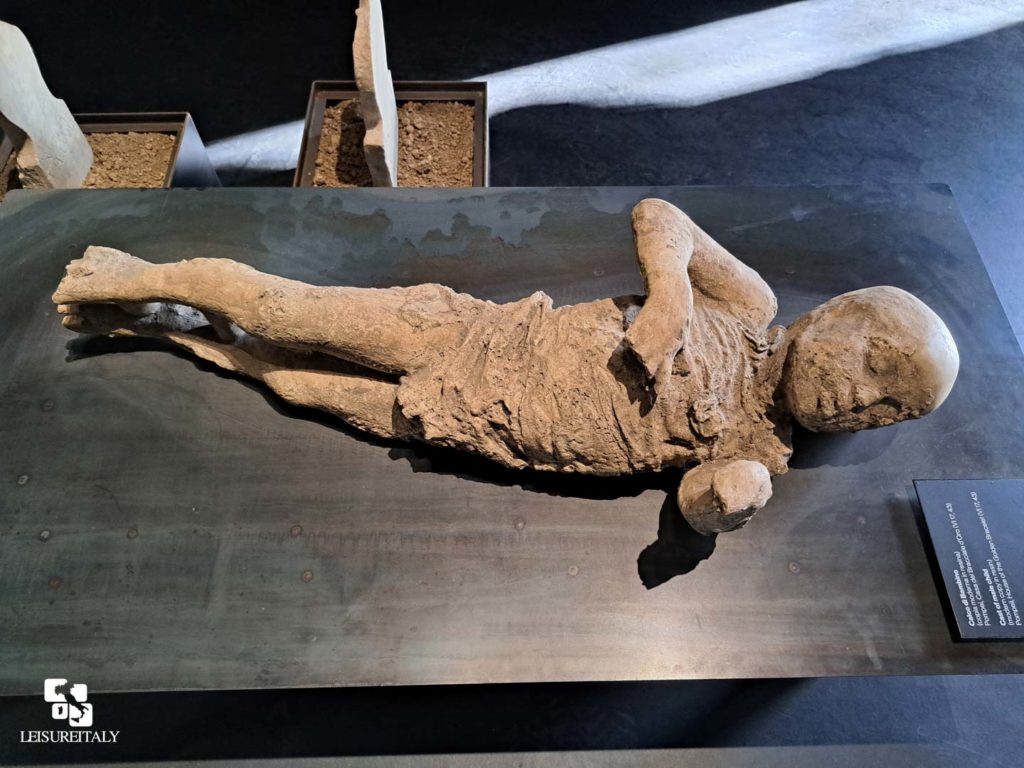
Life for kids in Pompei was not easy. One may say horrible. The mortality rate within the first year is estimated at 30-40%. Diseases, lack of medicine, abandonment, infanticide, diseases related to pregnancy and childbirth: it would be hard for us in modern society to imagine what childhood was like in the Ancient World for the lower social classes.
In this picture, you can see a plaster cast made by archeologists of a young casualty from the eruption in 79 AD. This moulding of the boy permits to see the short tunic the child was wearing that tragic day.
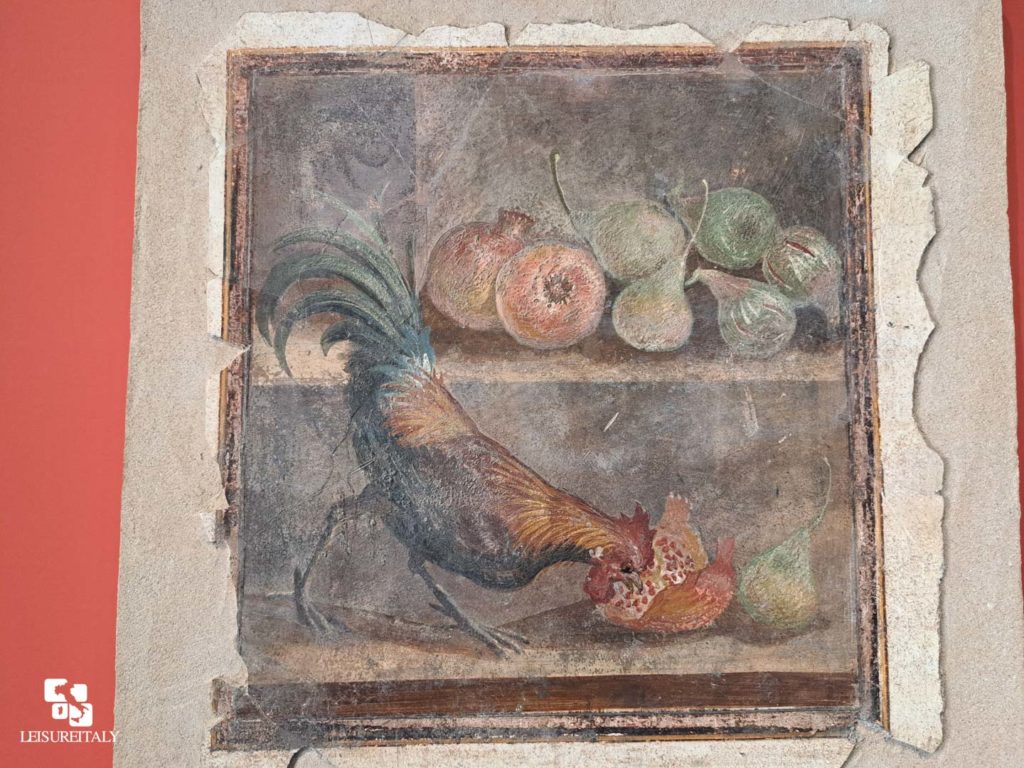
It would not be an Italian table without bread, so it was 2000 years ago! Bread was the base of the diet. Consumed alone by the poorest, with other foods the more and more elaborate as the social scale rises up.
The picture below shows some carbonized loaves from the house/bakery of Lucius Modestus in Pompeii.
Diet for the wealthy was instead rich and diverse, as we can judge from reading Roman novels as well as by the observation of several wall paintings from the private homes of Pompeii. The example displays a rooster peking at pomegranates, fresh figs and pears.
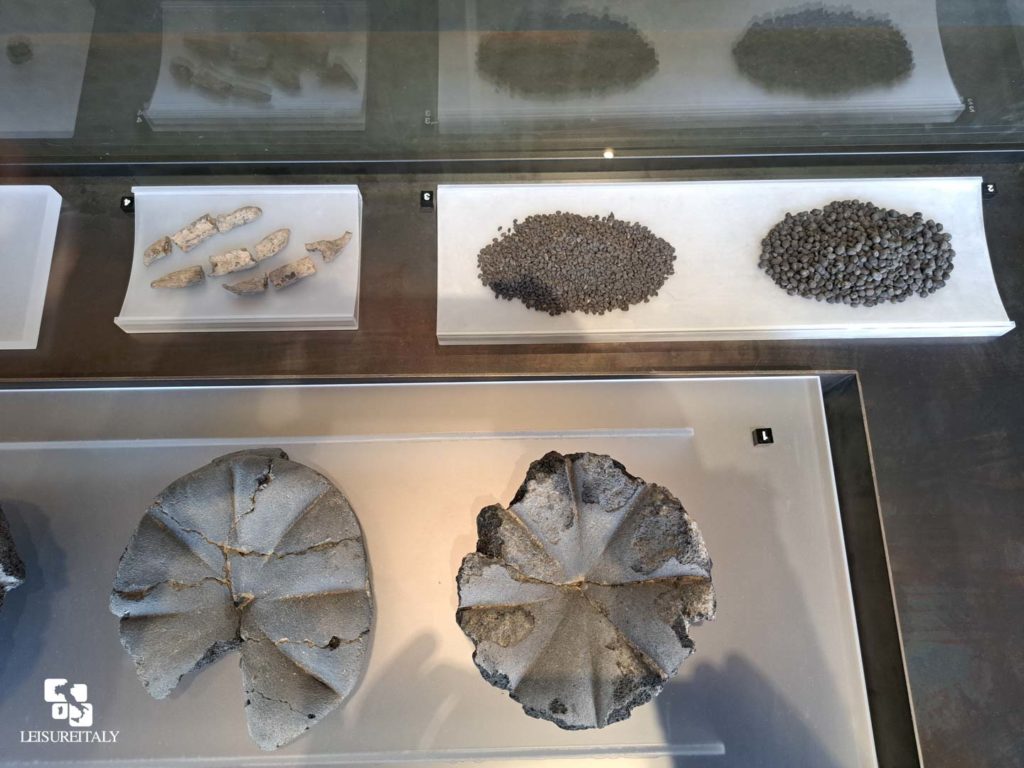
The Latin word “Familia” includes both the free and non-free members of the family. However slaves were considered merely “talking” objects. The slave shakle with double ring in the picture could be used in case or rebellion or escape attempt.
Recent excavations in the suburban area, namely in Civita Giuliana, permitted creating casts of the forniture of an entire room for servants. Beds where placed in a U-shape, on the floor there were some accessories for horse caretaking. Picture below.
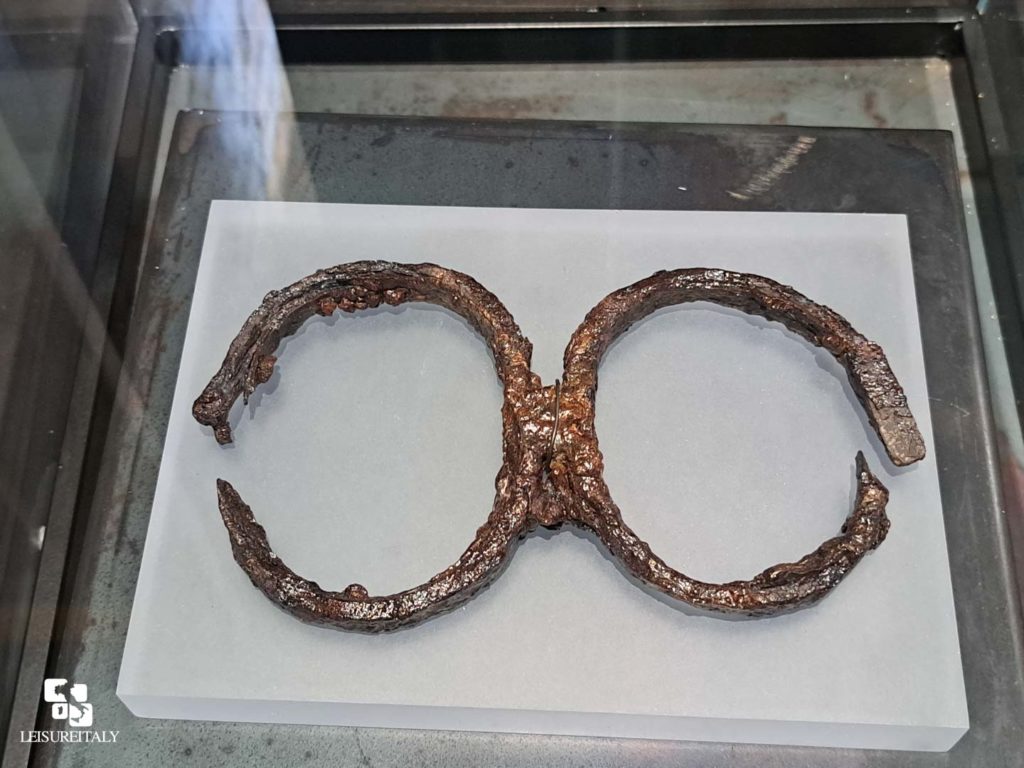
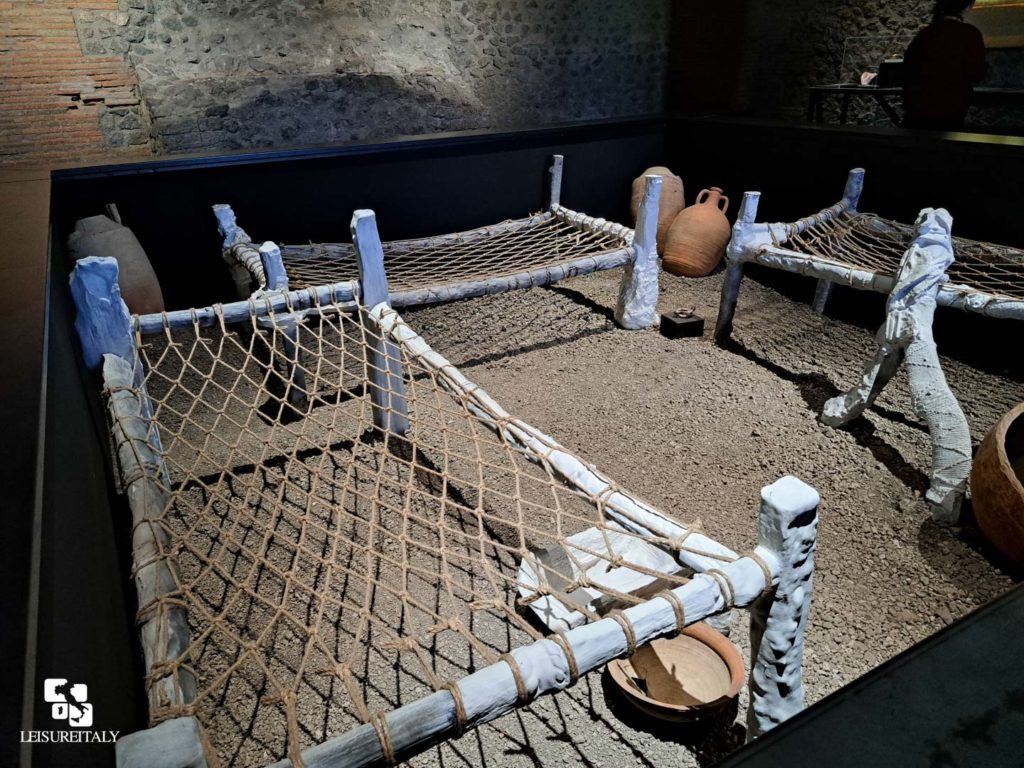
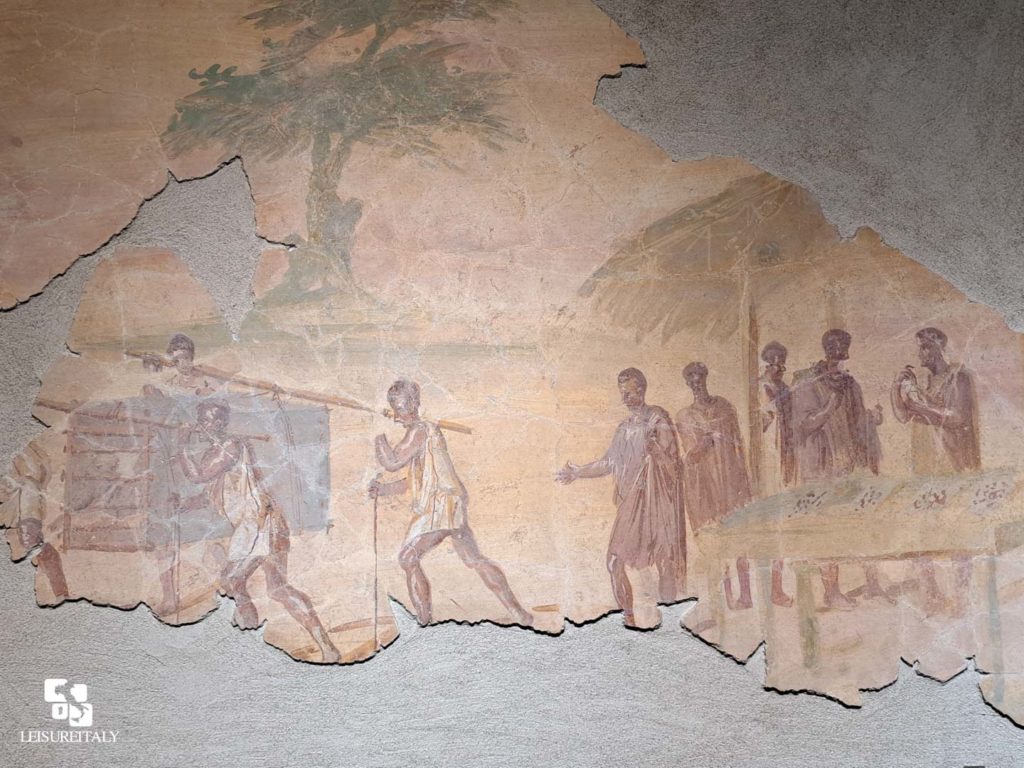
The lowest class of people was also called “Tunicatus Populus”. It referred to the common dress: the tunic. Toga could only be dressed by the elite. A short dress instead permits heavy work.
The fresco from the Suburban Bath-House shows a scene of market.
Charred textile fragments, also on display at the exhibit, permits to identify different fabric for different economic classes.
Even slaves or free workers had some Time at Leisure! The exhibit permits us to see some of the most popular types of games and entertainment: dice, board games, theatre shows, and games in the Amphitheater.
Another pleasant moment for everyone was attending the Bath House, the most important place in Roman society both for hygiene and social life. In the picture some strigils (scrapers).
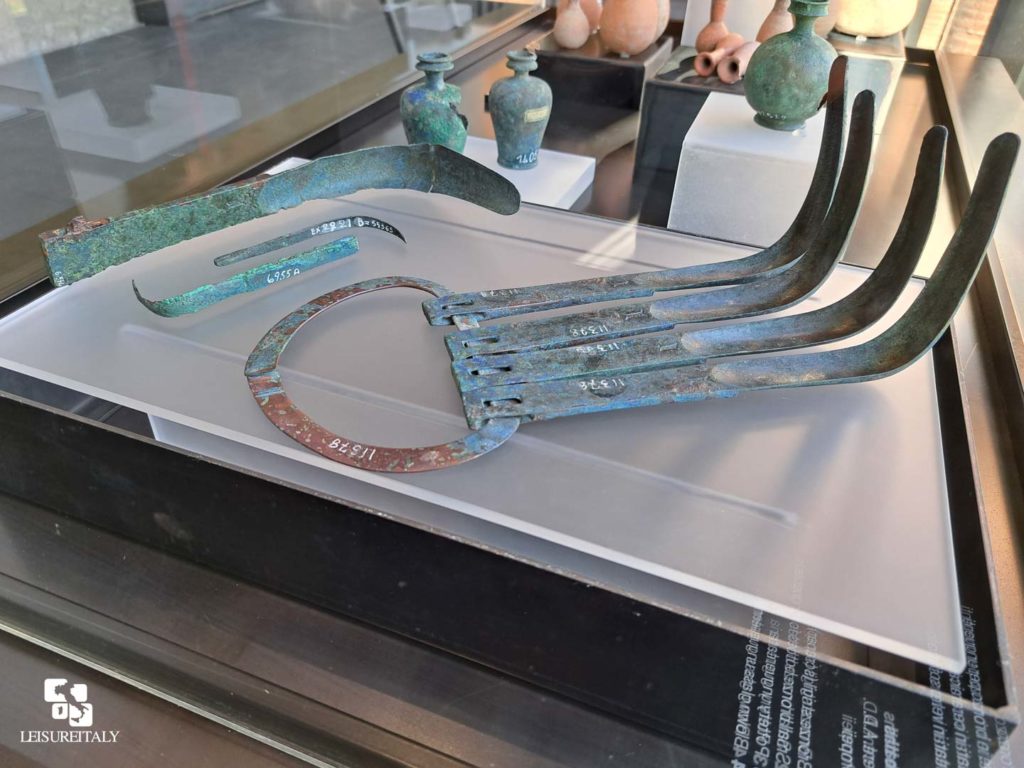
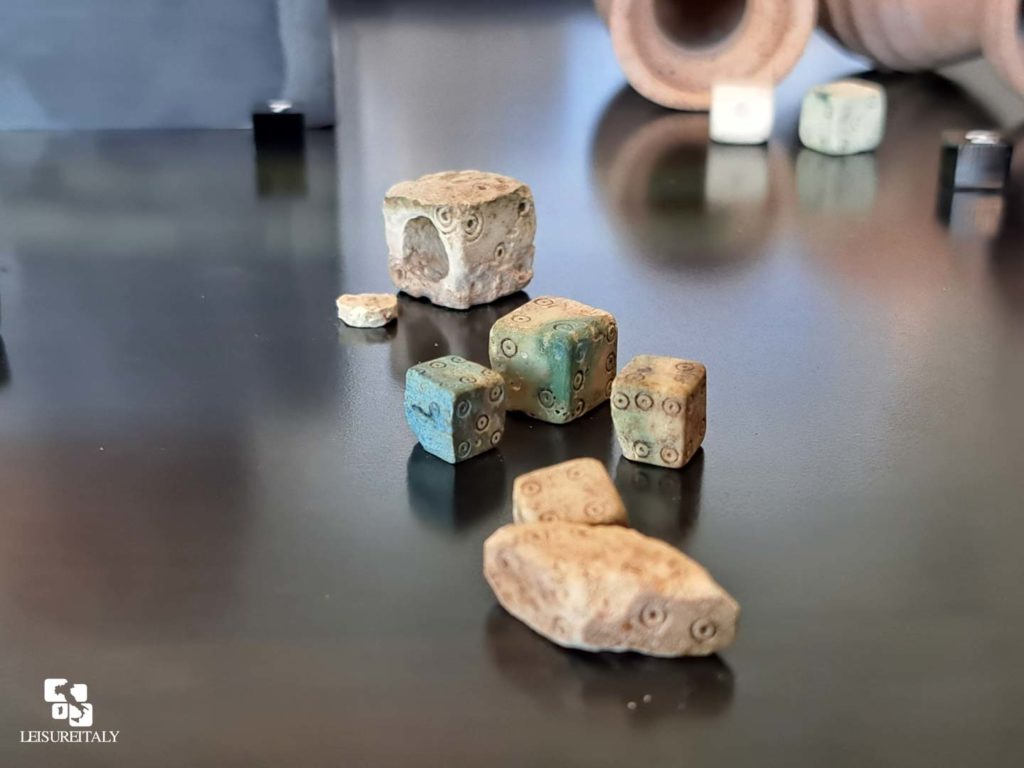
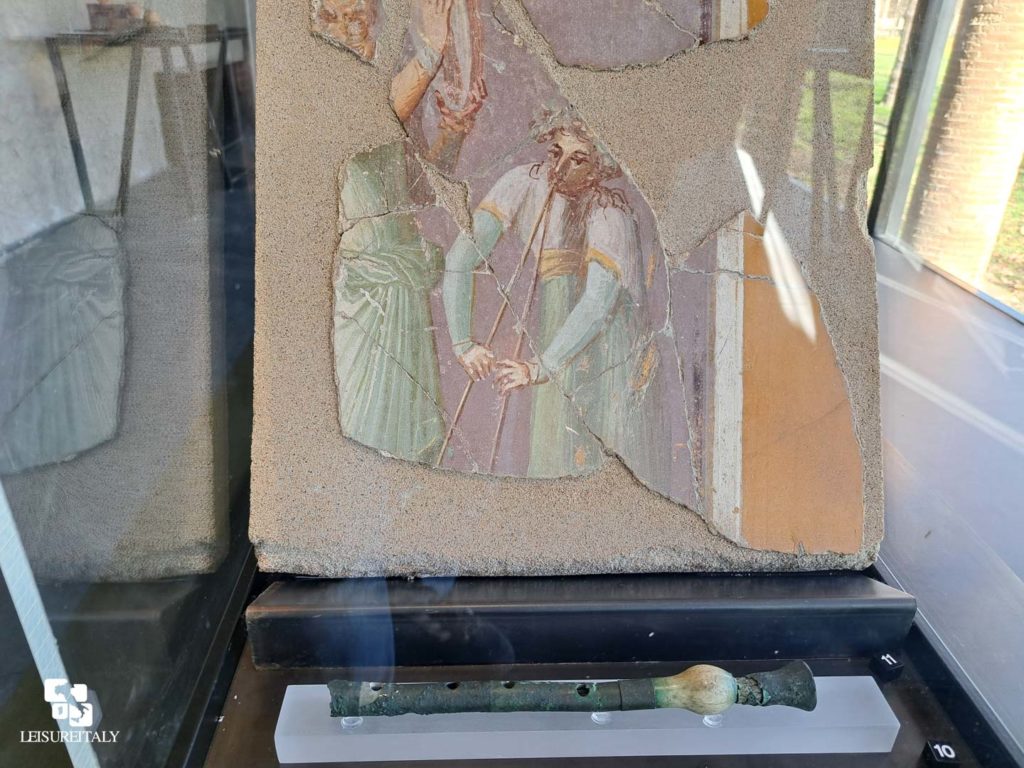
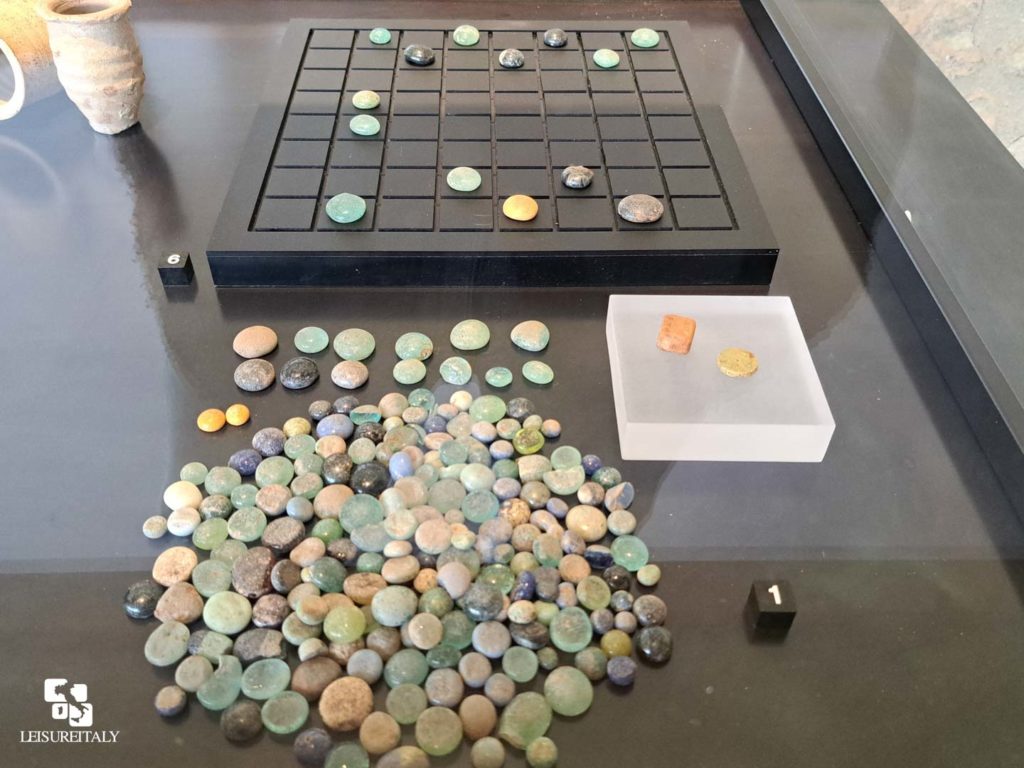
And finally…Death. Even in front of Death, we can distinguish differences between the humble and the rich. Isis and Dionysus were the divinities considered closer to the ones living in difficult conditions.
On display here you can see the simple glass urn in which the ashes from the incineration of Novia Amabiles, found in the necropolis out of Porta Sarno. Her remains were found together with those of two children, and some organic remains of a dark liquid, possibly wine and milk.
The last section displays also the casts of two victims of the eruption embracing each other.
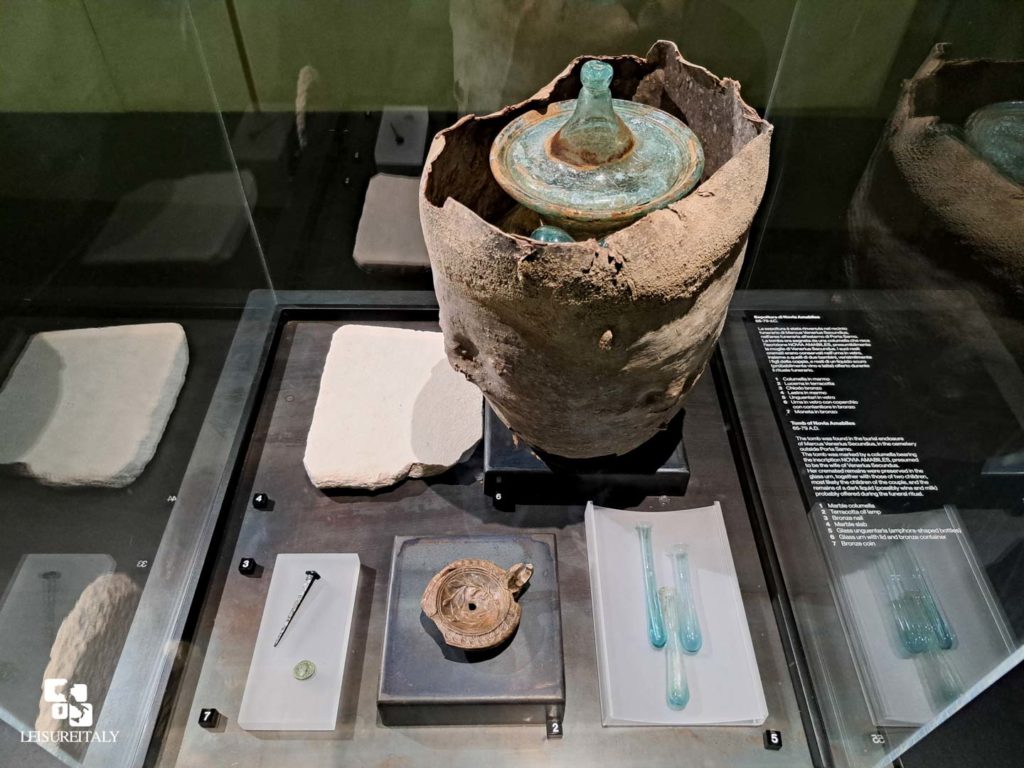
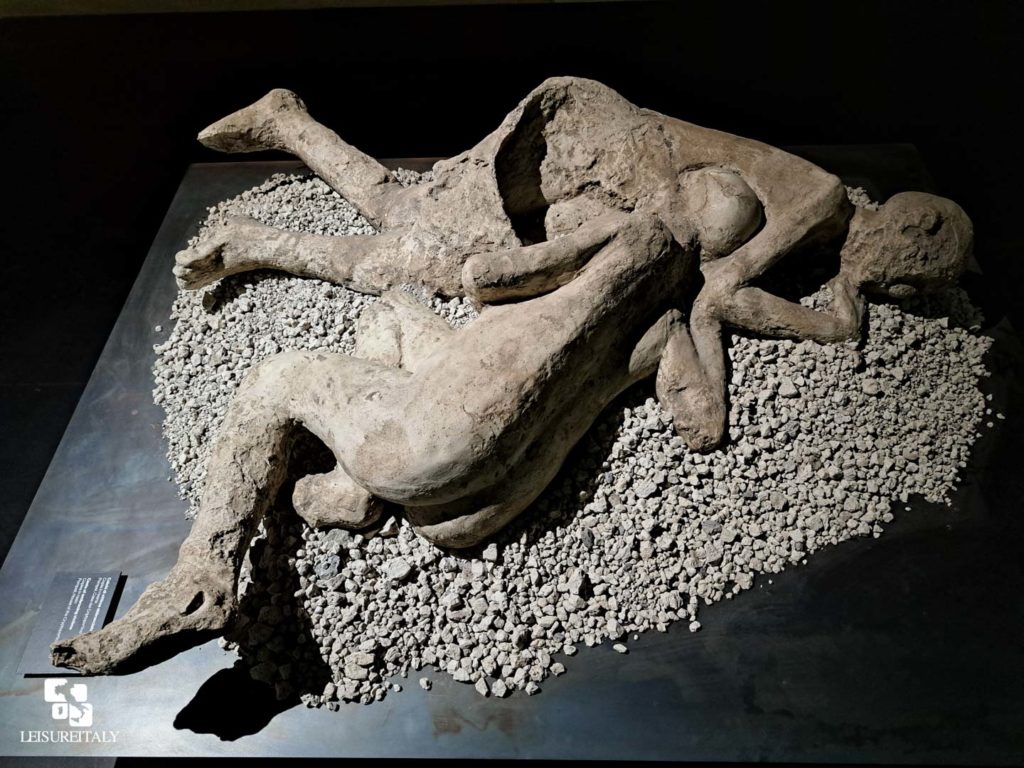
INFO
L’altra Pompei – Vite comuni all’ombra del Vesuvio
From 15TH December 2023 until 15TH December 2024
Parco Archeologico di Pompei, Palestra Grande
Opening Times: Every day from 9 am to 5 pm (From November to March) , from 9 am to 7 pm (from April to October). Last entrance 90 minutes before closing time.
To purchase the tickets online or for further information please visit the official website of the event
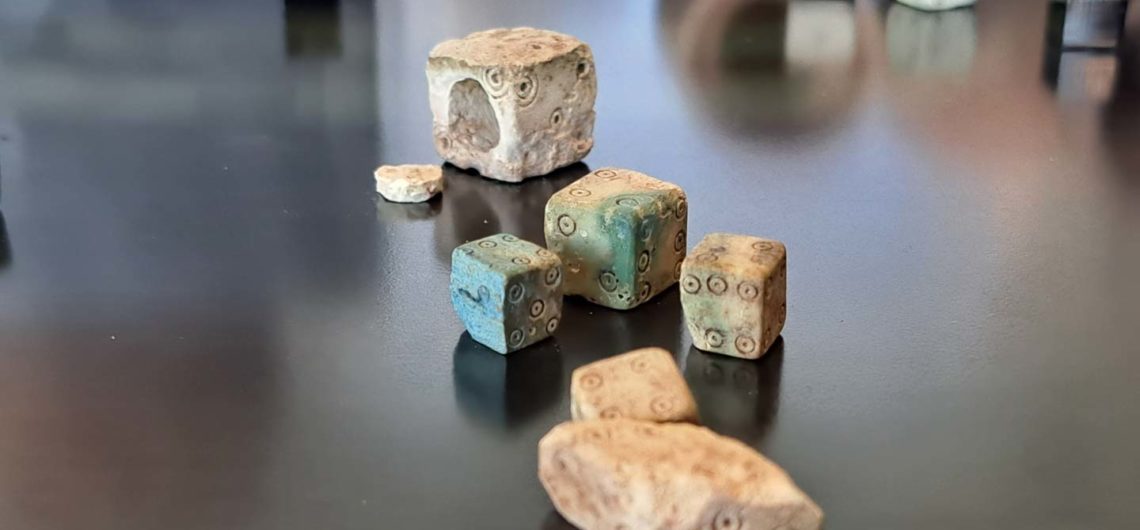
Comments